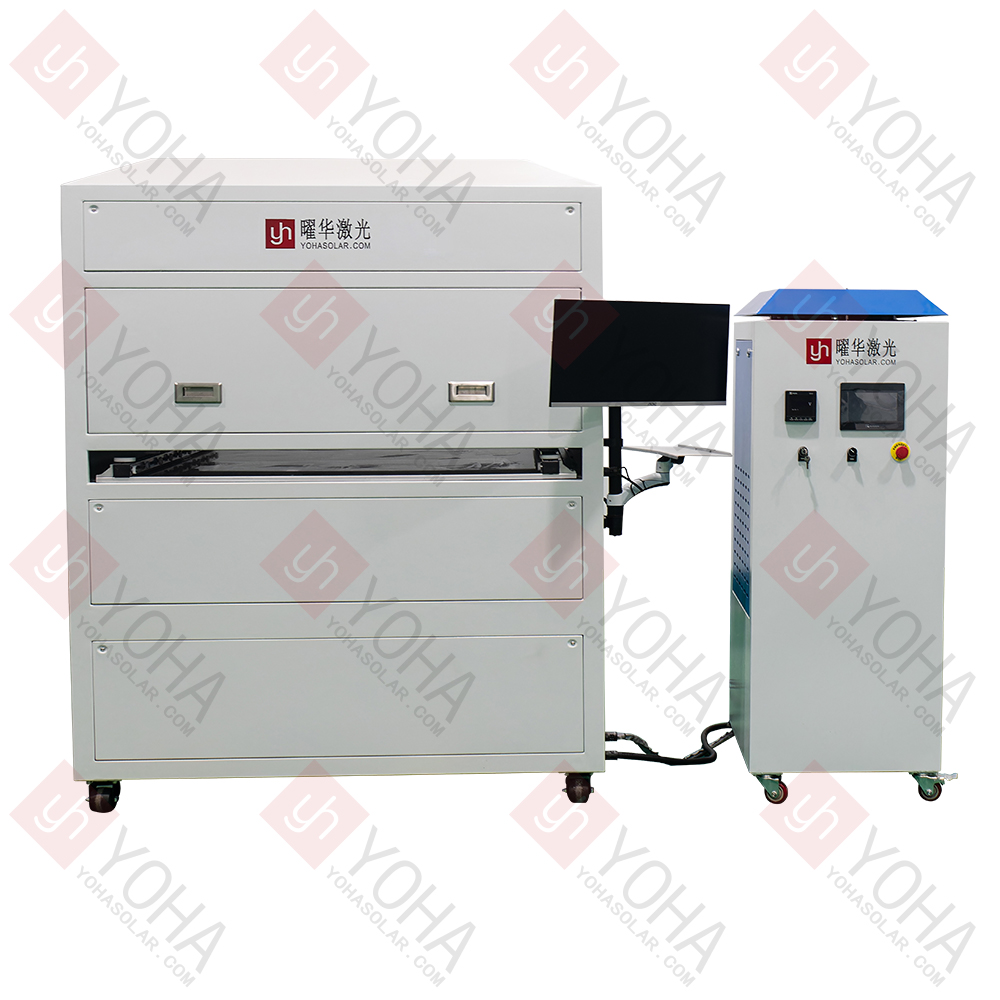Welcome to Wuhan Yoha Solar Technology Co., Ltd!
common problem
Site Map
Language:
 Chinese
Chinese
 English
English
Welcome to Wuhan Yoha Solar Technology Co., Ltd!
common problem
Site Map
Language:
 Chinese
Chinese
 English
English
The Perovskite Solar Cell Module IV Tester is a core detection instrument that employs a high-precision pulsed light source and a rapid data acquisition system. It is specifically designed to measure the current-voltage characteristic curve (I-V Curve) of perovskite solar cells or modules under simulated light conditions, thereby accurately calculating key performance parameters such as photoelectric conversion efficiency (PCE), open-circuit voltage (Voc), short-circuit current (Isc), fill factor (FF), and maximum output power (Pmax).

Millisecond-Level High-Speed Pulsed Testing: Utilizes a high transient response pulsed light source (pulse width ≤100ms) and microsecond-level data acquisition system to complete full-point scanning before perovskite material experiences photo-induced degradation, preventing efficiency measurement distortion and ensuring reliable data.
Precise Spectral Match to Sunlight: Customized AM1.5G standard spectral light source (300–1200nm) with A+ grade spectral match (IEC 60904-9 standard), specifically enhanced UV-visible light output to accurately simulate the light absorption characteristics of perovskite cells.
4-Quadrant High-Precision Electrical Parameter Measurement: Supports wide-range testing (±20V/±2A) with voltage resolution up to 0.1mV and current resolution of 0.1μA. Fill factor (FF) calculation error <0.5%, meeting the high-precision capture of weak signals from perovskite modules.
Integrated Environmental Simulation & Intelligent Analysis: Incorporates a temperature control platform (-40℃ to +85℃) and irradiance auto-calibration module. Combined with AI-driven software, it automatically generates I-V/P-V curves, efficiency distribution maps, and degradation rate analysis reports, enabling standardized full-process evaluation.
▶ Application Scenario: New material development, tandem cell structure optimization in universities and research institutions
▶ Core Value: Avoids photo-degradation interference through millisecond pulsed testing, precisely quantifies the photoelectric conversion efficiency limits of new perovskite compositions (e.g., all-inorganic perovskite), and provides repeatable experimental data for top-tier publications.
▶ Application Scenario: Coating/vapor deposition process debugging, encapsulation material reliability testing
▶ Core Value: Simulates outdoor extreme environments with an integrated temperature control platform (-40℃ to 85℃), rapidly detects IV curve degradation rates of modules under damp heat/freeze-thaw cycles, and identifies process defects (e.g., electrode corrosion).
▶ Application Scenario: Module batch grading, power calibration, and warranty certification
▶ Core Value: AI-driven automatic generation of EL images and efficiency distribution maps, completes single-unit testing within 10 seconds (compatible with modules up to 2300×1300mm), enabling 100% online full inspection and Grade A/B/C sorting.
▶ Application Scenario: Annual degradation rate assessment of outdoor power plants, shading loss diagnosis
▶ Core Value: Portable models support on-site IV scanning, compare initial nominal parameters to locate abnormal modules (e.g., >15% FF drop due to hot spots), and guide precise replacement.
Perovskite materials are highly sensitive to temperature and humidity. Testing must be conducted in a constant-temperature (recommended 25±1℃), constant-humidity (RH<30%) environmental chamber or glove box to prevent performance drift or failure caused by water/oxygen penetration. Test data obtained in uncontrolled environments is invalid.
An AAA-class solar simulator must be used, ensuring spectral match (AM1.5G) error <±5% and spatial non-uniformity <±2%. Due to perovskite's unique spectral response, regularly calibrate the light intensity meter with a reference cell to avoid efficiency measurement deviations caused by spectral mismatch.
Perovskites are prone to ion migration degradation under continuous illumination. IV testing should employ millisecond pulse widths (recommended <50ms) and high-speed scanning (single scan <10ms), combined with multi-channel delay triggering technology, to minimize the impact of photo-induced degradation on test results.
Perovskite thin films are fragile and easily damaged. Testing requires probes with micro-Newton level contact pressure (e.g., carbon nanotube probes or flexible electrodes) to avoid mechanical damage. Simultaneously, an automatic alignment system ensures probes contact electrodes precisely without scratching the active layer.
Perovskites exhibit significant IV hysteresis. The test protocol must include a pre-illumination stabilization step (e.g., 60 seconds white light preconditioning) and record bidirectional scan curves (forward/reverse voltage scan). Reports must specify scan direction and preconditioning; otherwise, data is incomparable.
Perovskite modules have relatively low current density (~20mA/cm²). Testers must have pA-level current resolution and µV-level voltage accuracy, with electrical noise controlled below the nA level. A 4-wire Kelvin connection is recommended to eliminate lead resistance effects and ensure accuracy in low-light performance testing.
TOP
18086473422
MESSAGE
